Our peaceful restorative hotel near Godkowo and the ride into Reszel provided great opportunities to soak up the scenic Polish countryside. Tonight’s accommodations, however, are truly unique; a stay inside a castle that captured our attention when we first read the itinerary before Napoleon Cycling Tour commenced…. Reszel Castle. A castle complete with ghosts down at the pool table (according to local legend), and a torture museum.
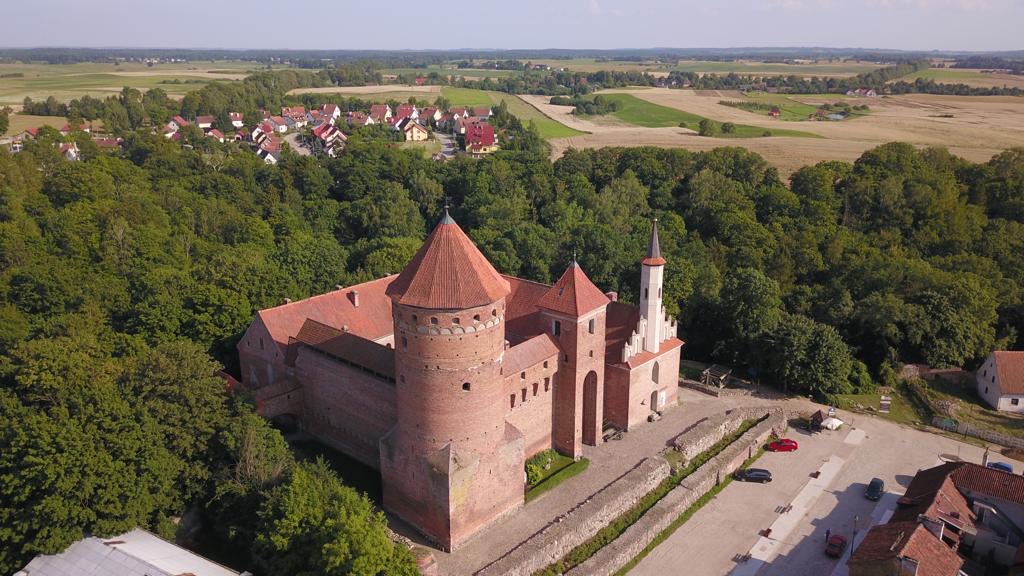
Godkowo to Reszel Castle
DAY #24 of 35 Poland 1,455 miles total
Today’s route had us fully immersed in the pristine Polish countryside of the lovely lakes district; the region is spattered with vast tracts of beautiful blue.
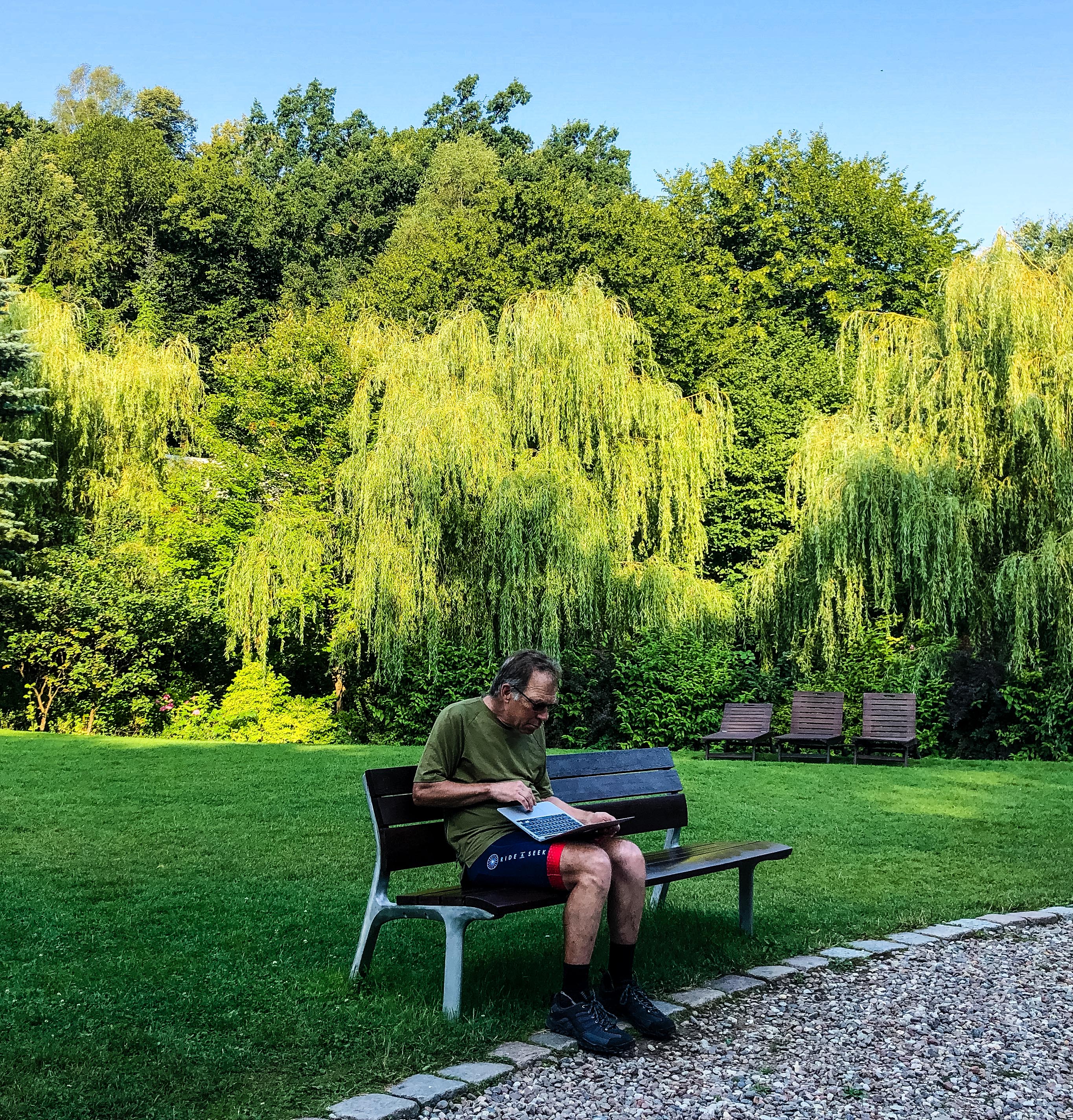
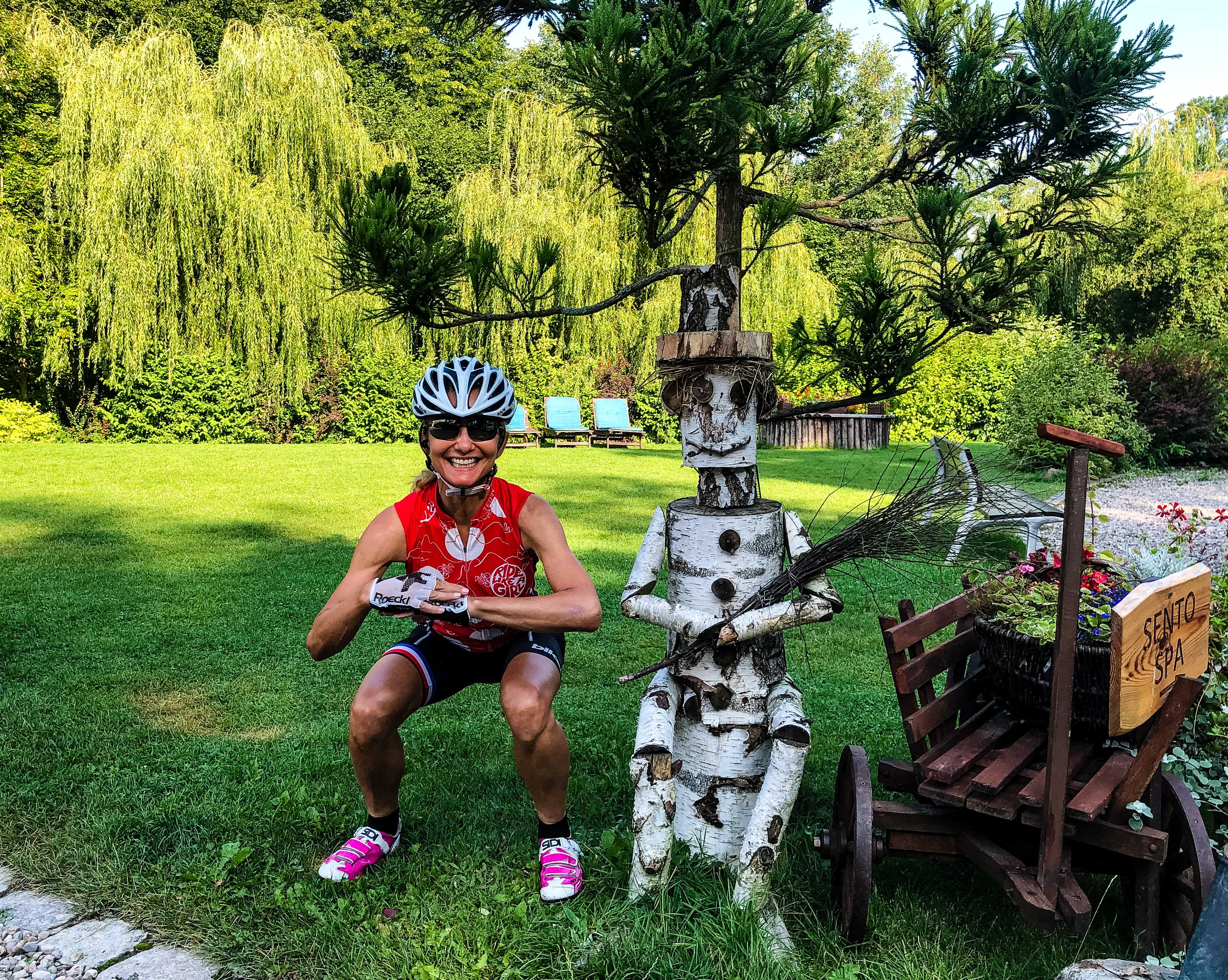
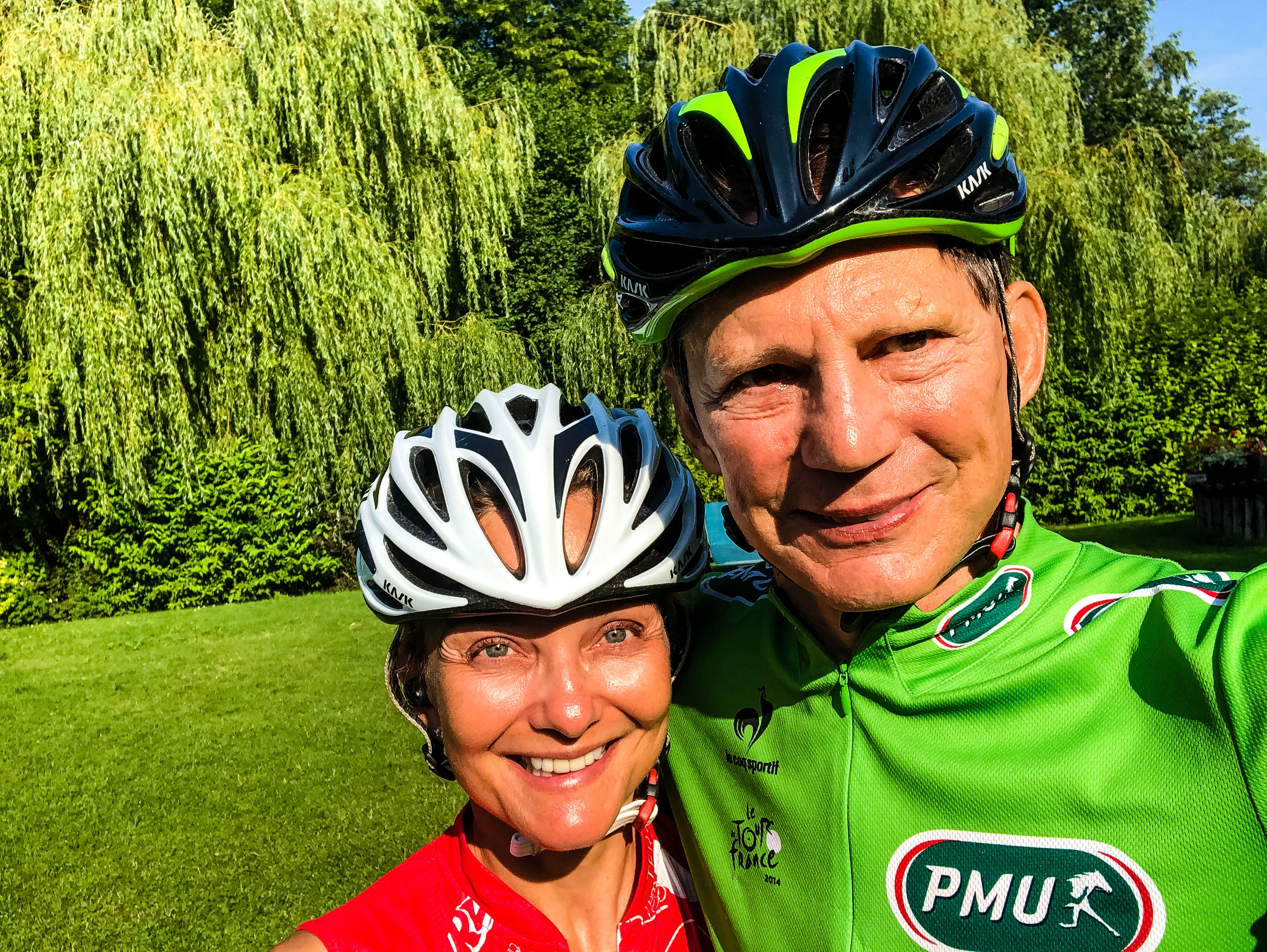
The lake vistas were a nice distraction from the bumpy roads we had to endure for the first few miles of today’s ride. After that the roads smoothed out and the verdant, bountiful countryside made for some super-serene cycling.
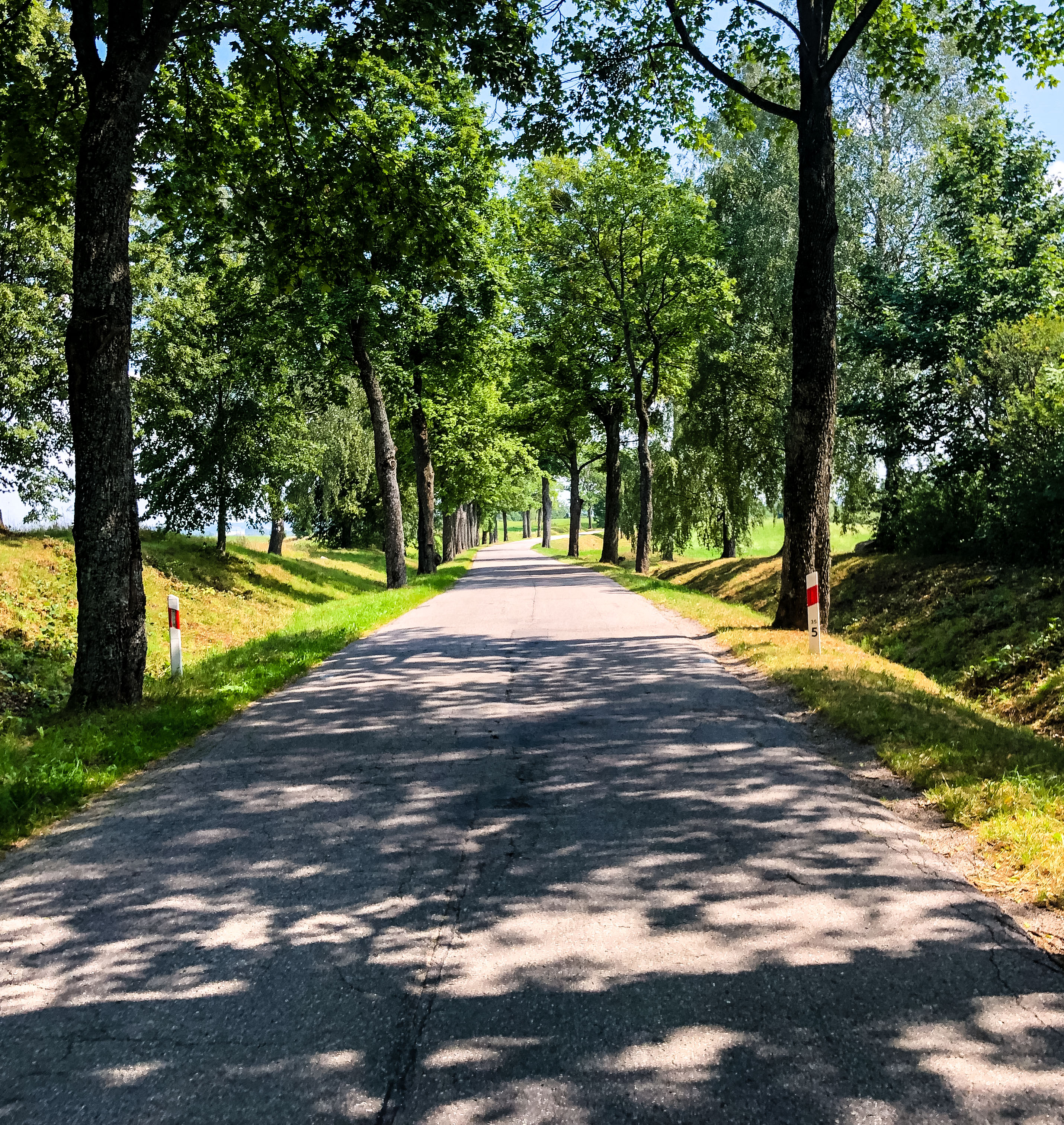
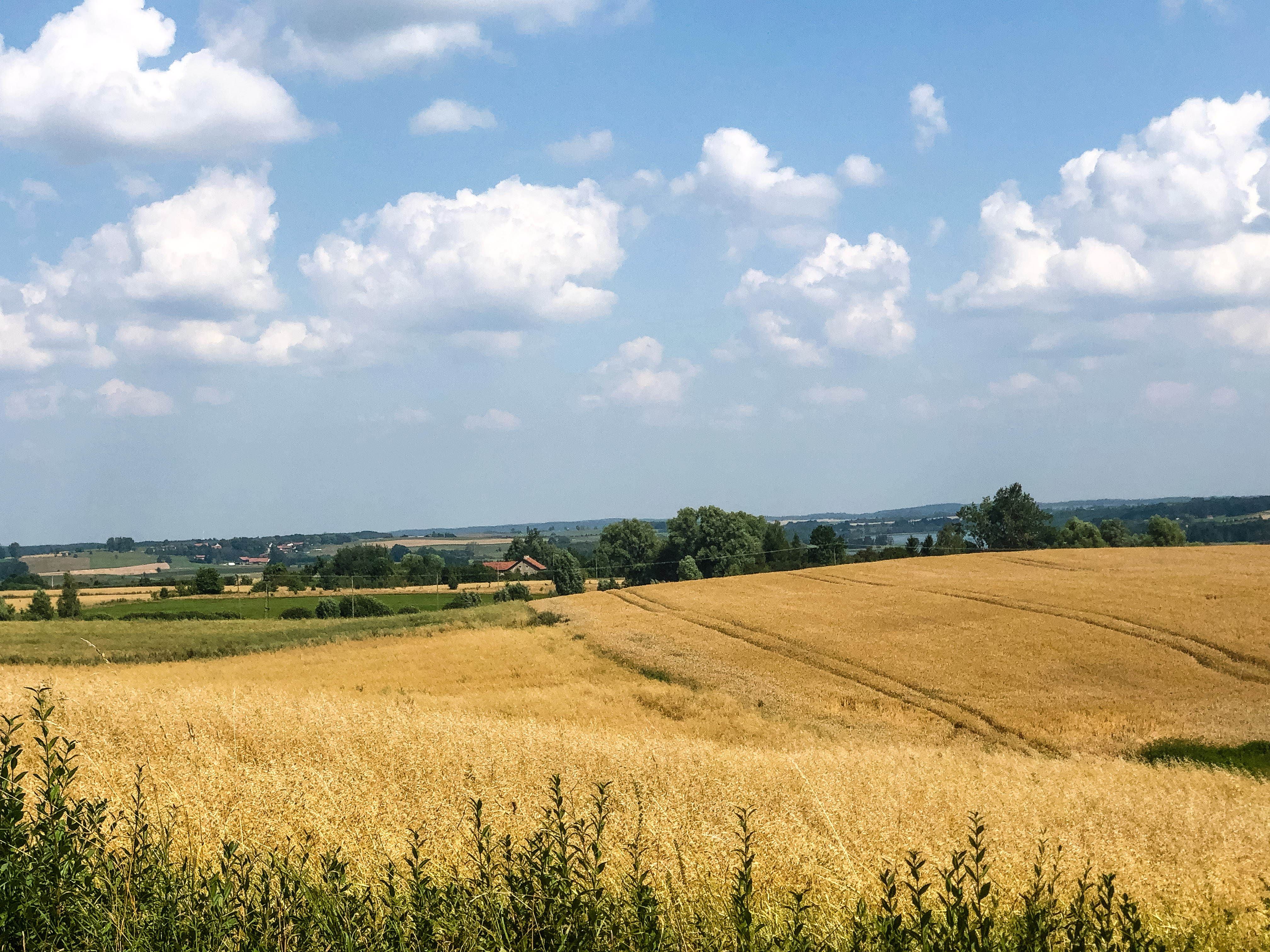
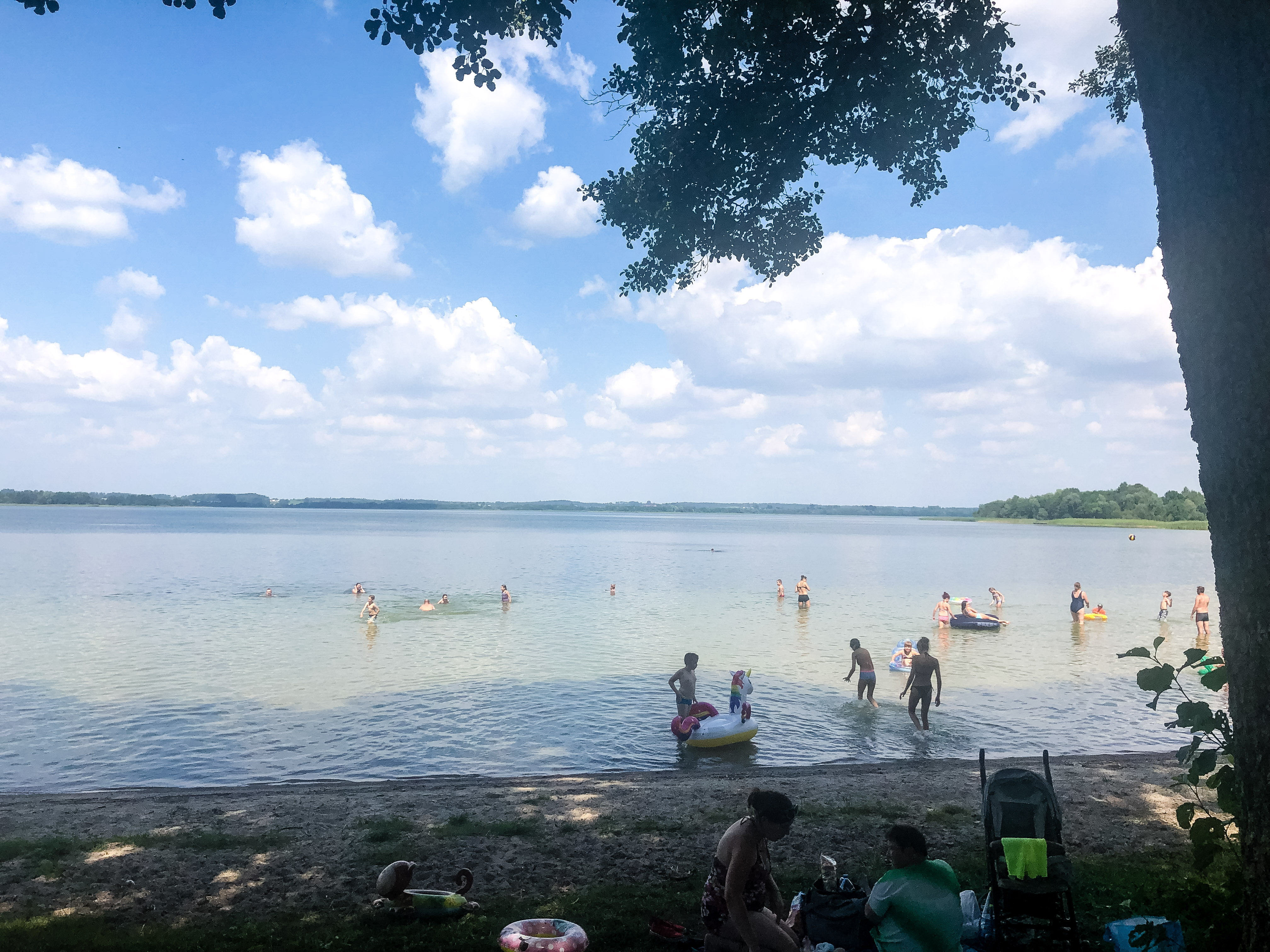
After-lunch Swim Stop
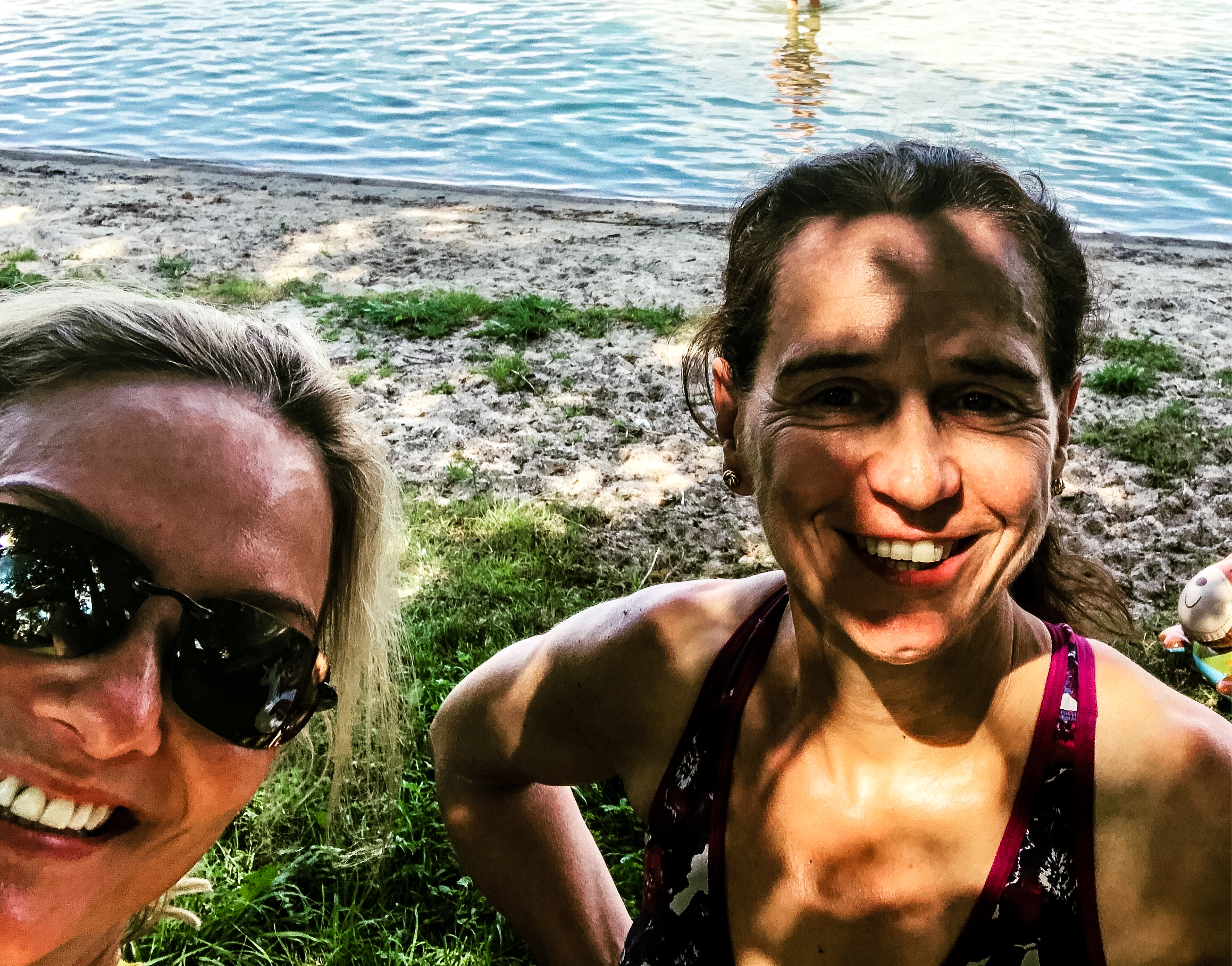
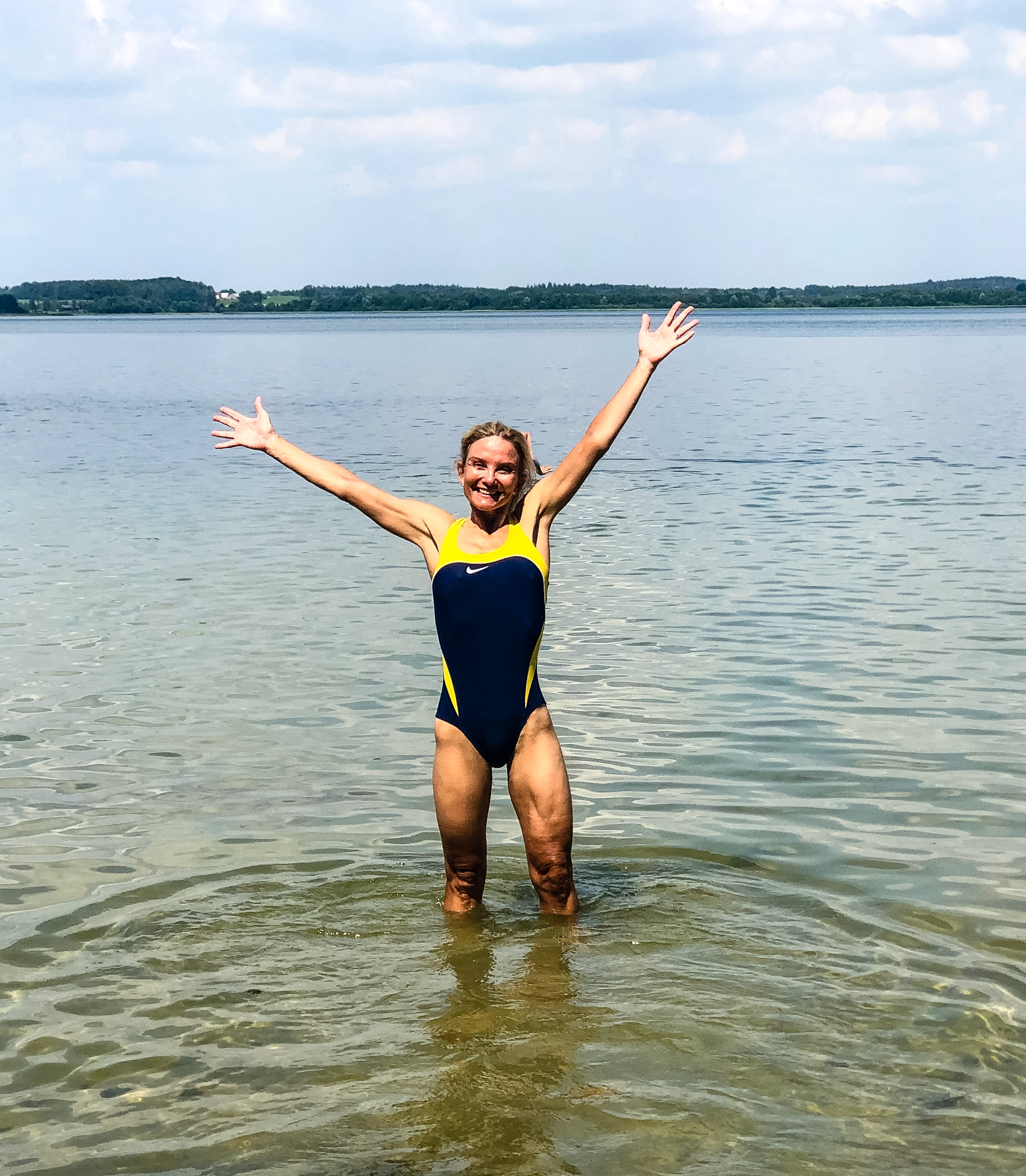
Video: Shauna Takes the Nestea Plunge:
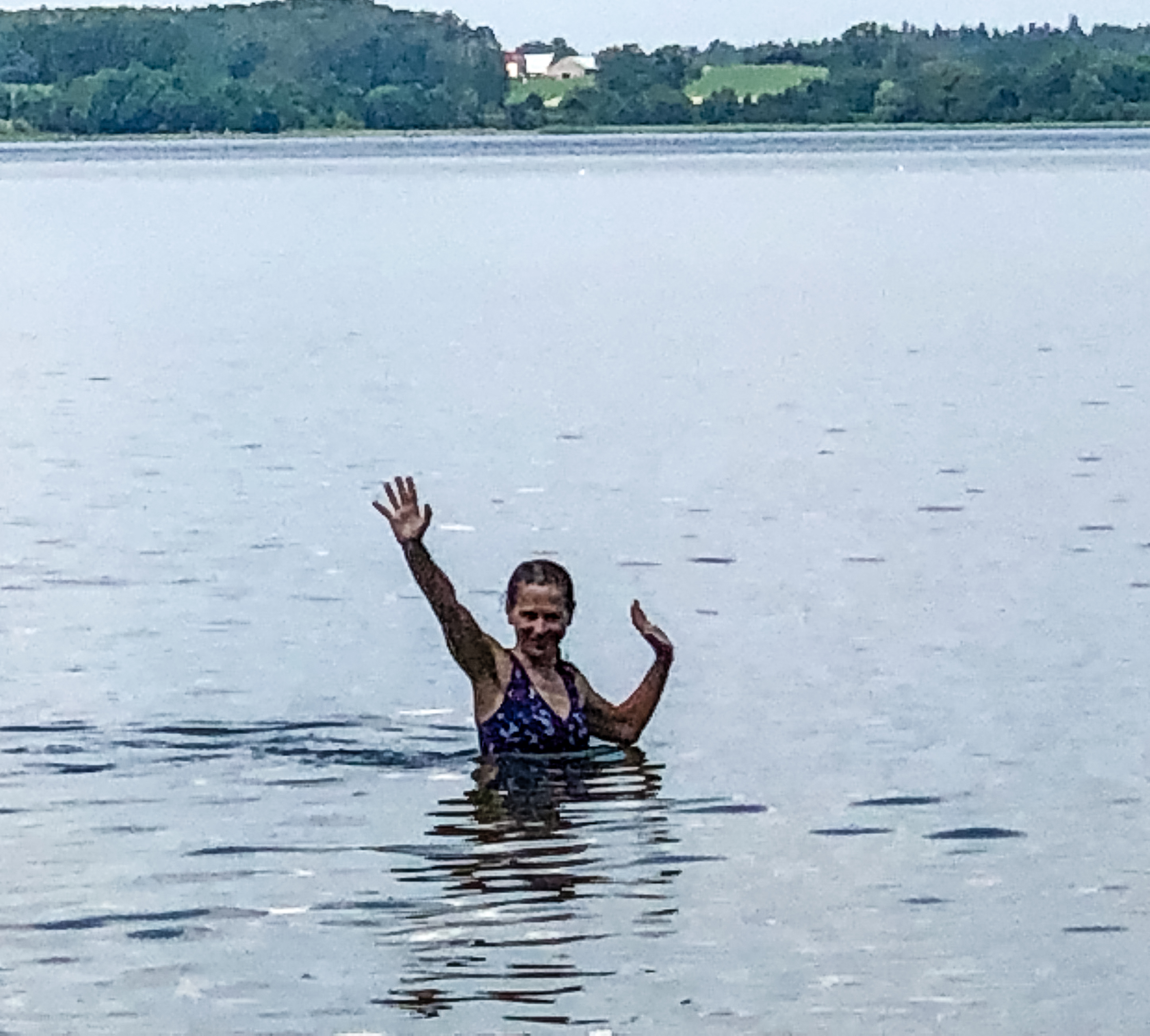

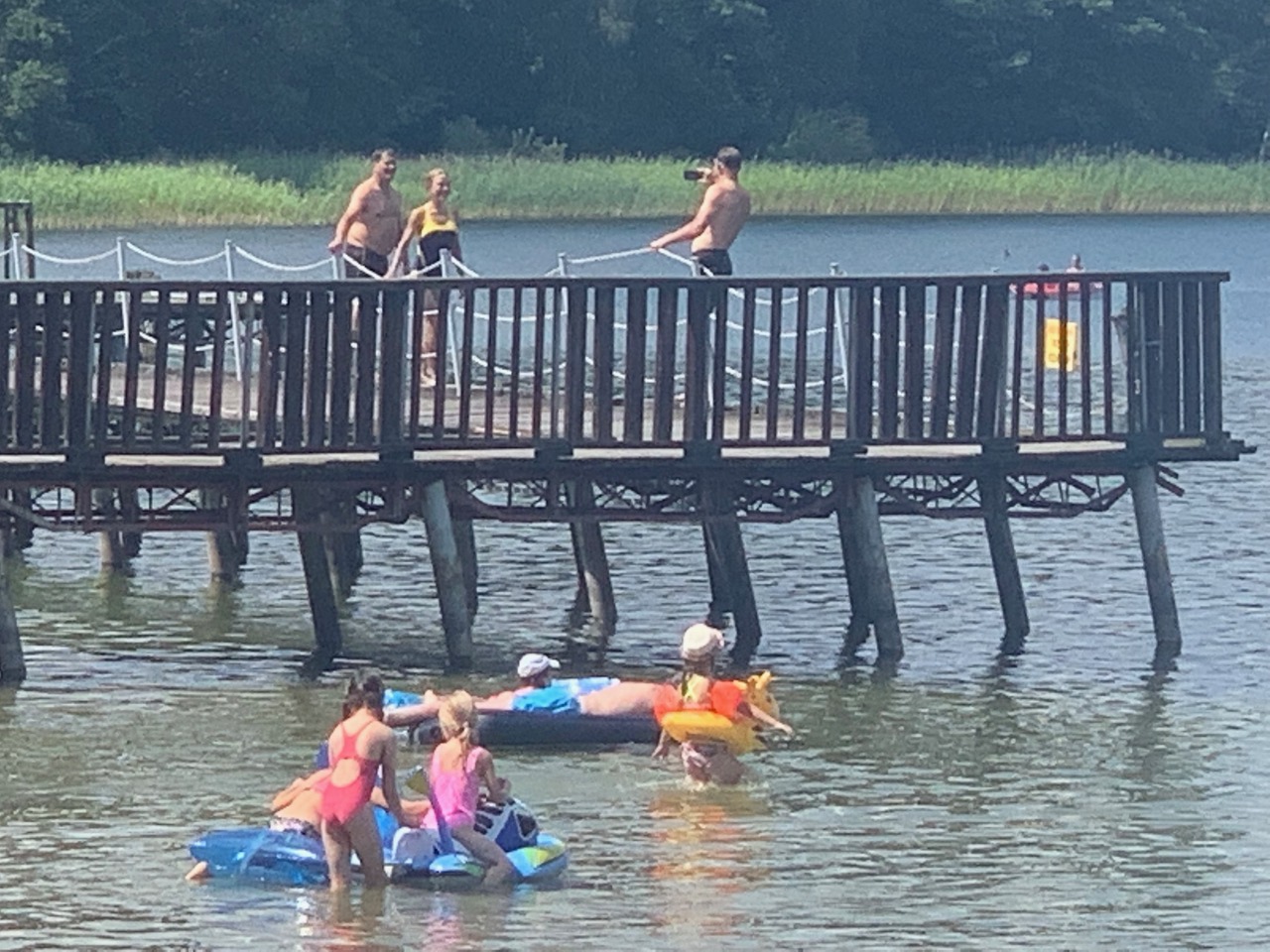
Video: Mike and Shauna try some synchronized swimming:
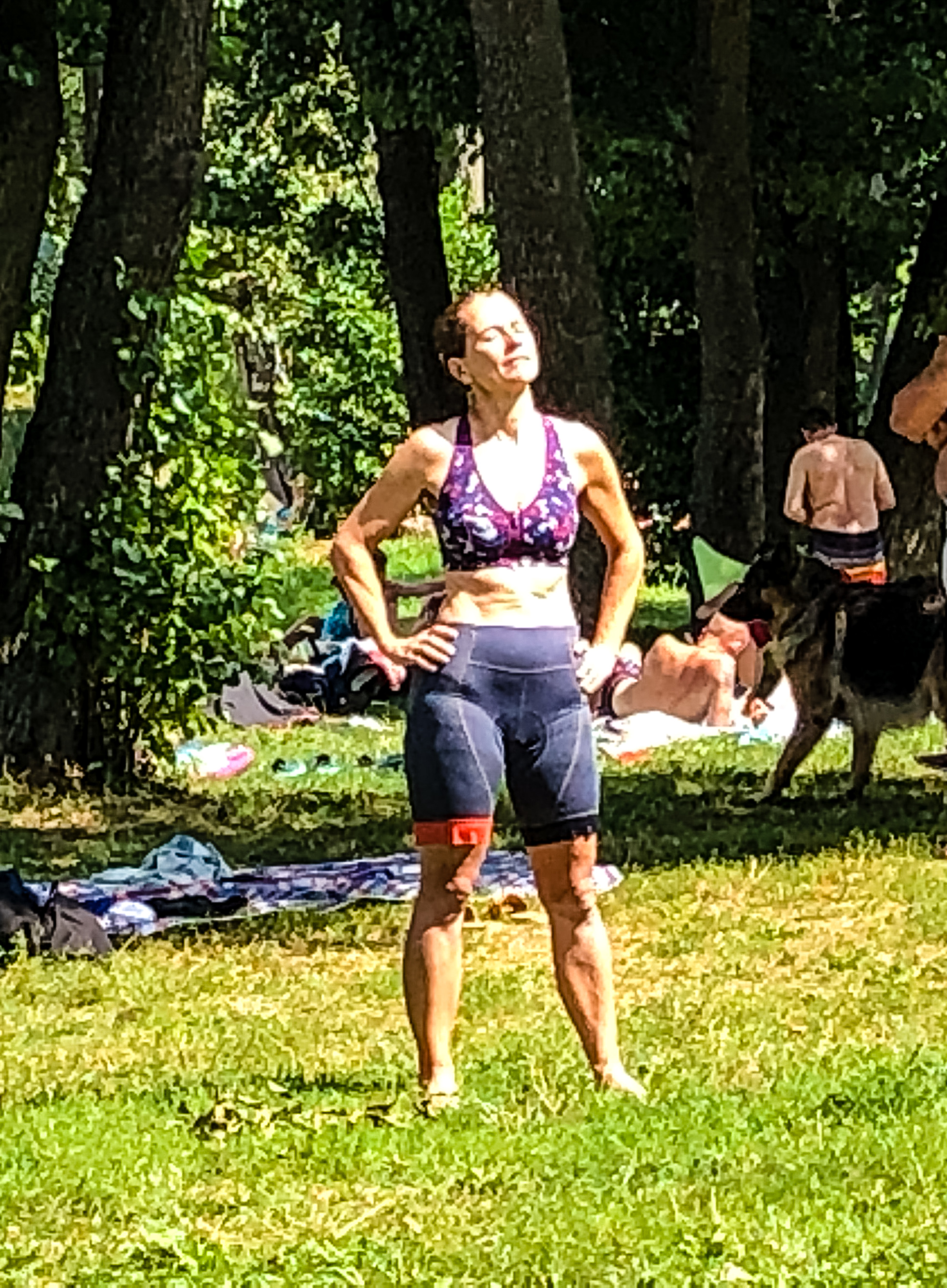
Rolling into Reszel
The end point of today’s journey was the town of Reszel in northeastern Poland.
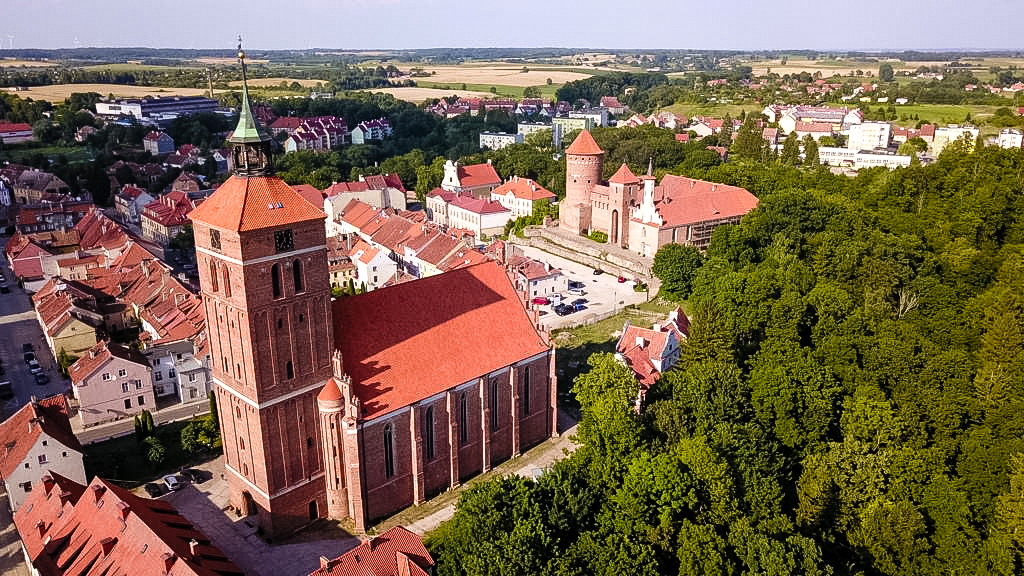
Reszel Castle
Our accommodations tonight are the impressive 15th century Reszel Castle, which is surrounded by woodland and overlooking a stunning monastery. This castle is as rustically beautiful as they come; the backdrop and adjoining church are a splendor to behold. It even has its own art gallery, torture museum, and a spectacular courtyard terrace where we enjoyed a fantastic dinner and a post-dinner bonfire.
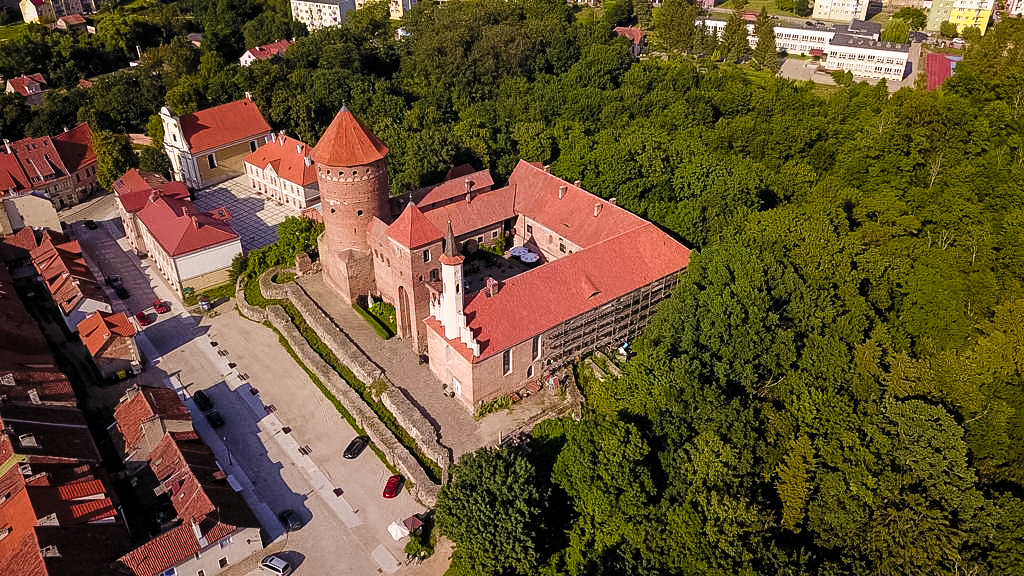
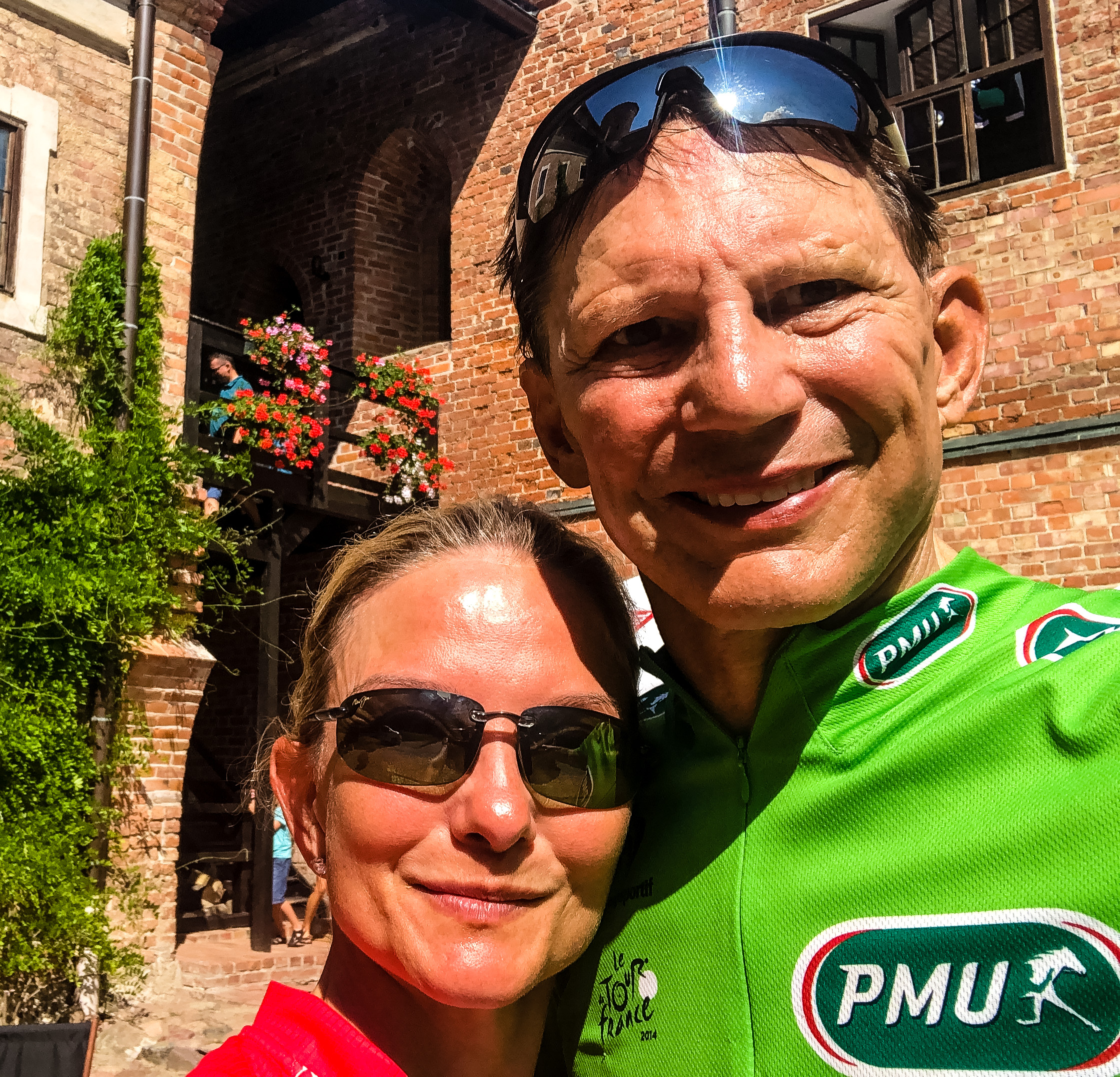
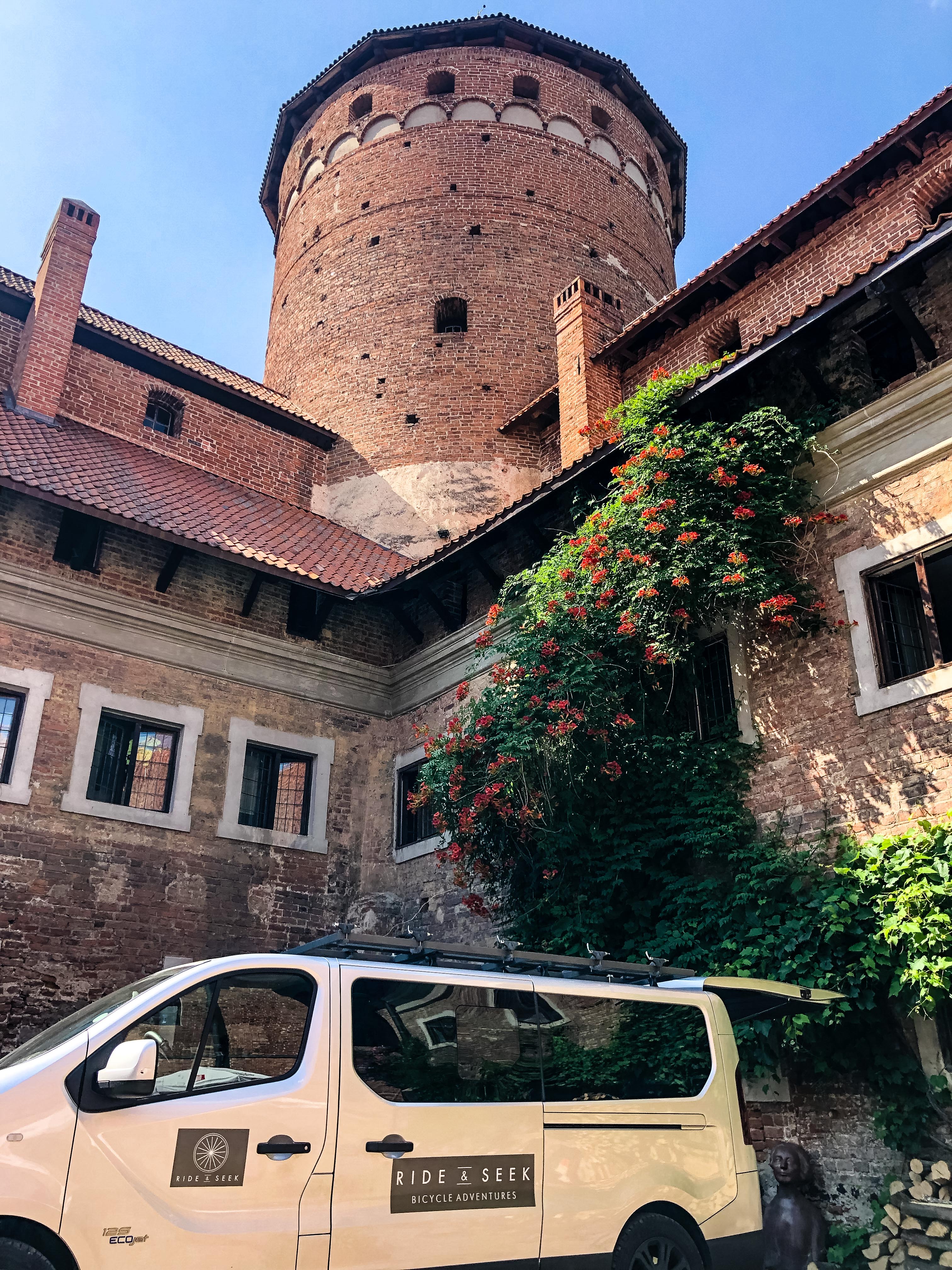
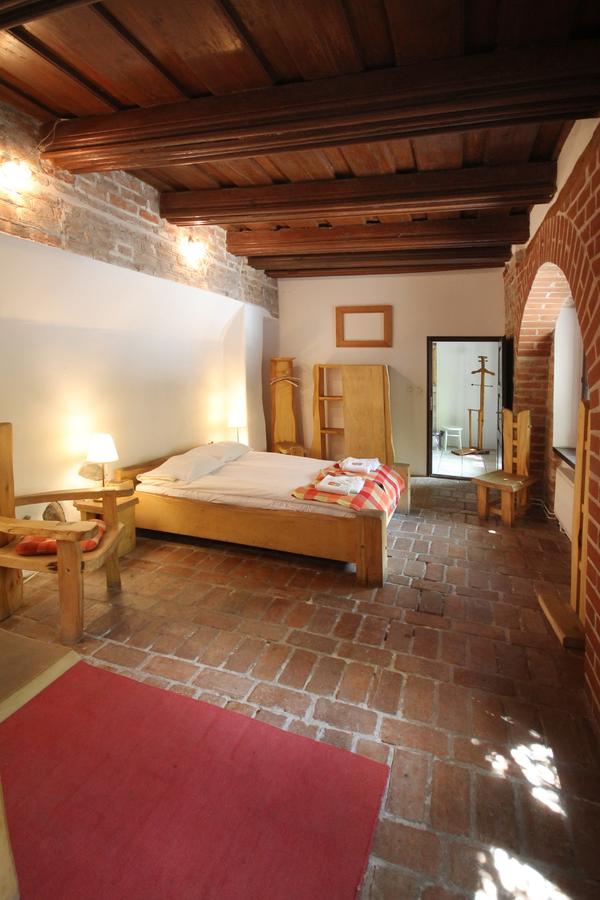
Torture Before the 18th Century
At Reszel we viewed graphic medieval torture instruments, and our historian Gary gave us a quick lesson on the history of torture. First, in his opinion, the best torture museum in the world is in Antwerp, Belgium, which no one in our group could refute (or even name another torture museum.) Something to add to the bucket list? (hmmm … maybe.)
Historically, torture was a legal instrument, embedded into Germanic law. A judge’s order was needed to carry out torture. The judge or court decided what, where, when, how long; they set conditions to ensure the torturers weren’t employing torture in such a way as to get false information, thus making a mockery of the legal system. Often, they prescribed letting the torturee just see the torture instrument, which often extracted the needed information.
This system was embedded in legal procedure until the 18th century. In 1764, Italian Cesare Beccaria published ‘On Crimes and Punishment’, a treatise which condemned torture and the death penalty and was a founding work in the field of penology. Within eighteen months, the book passed through six editions. It was translated into French in 1766 and published with an anonymous commentary by Voltaire. An English translation appeared in 1767, and it was translated into several other languages. The book was read by all the luminaries of the day, including, in the United States, by John Adams and Thomas Jefferson.
The book’s principles influenced thinking on criminal justice and punishment of offenders, leading to reforms in Europe, especially in France, at the court of Catherine II of Russia, and in the 13 colonies. The Grand Duchy of Tuscany subsequently abolished the death penalty, the first state in the world to take this measure.
Reszel is the third castle we have stayed at so far on this adventure but the first that is renowned for its ghostly inhabitants. Fortunately, we did not encounter any such spirits but we did see some ghastly torture devices…. yikes!
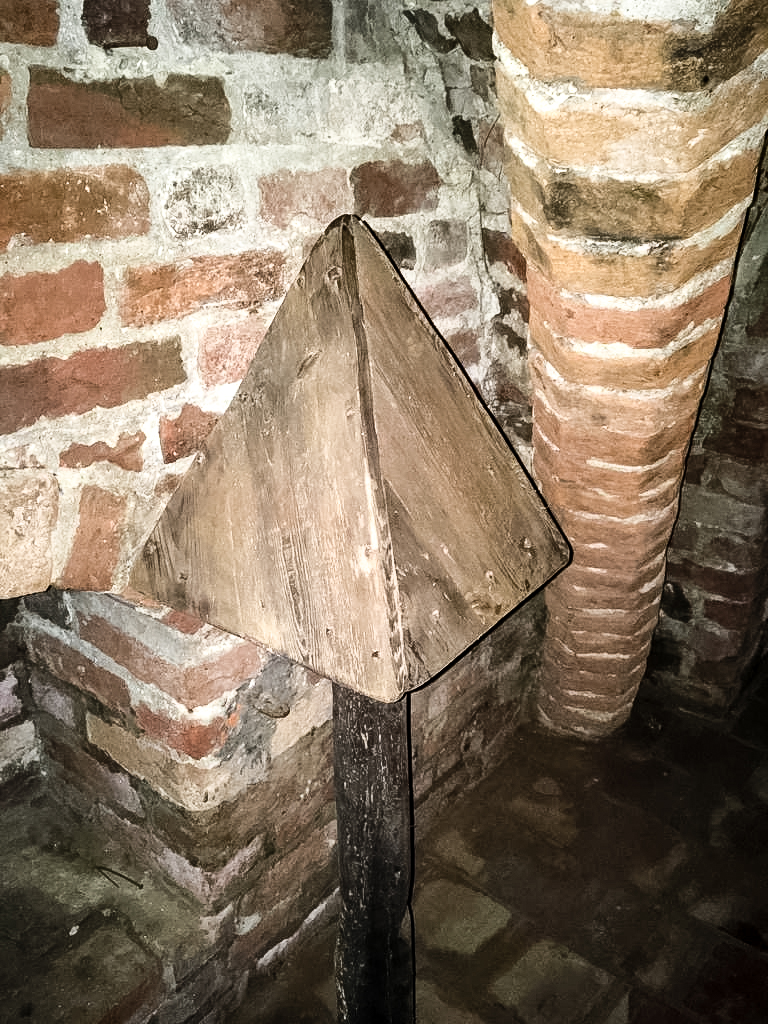
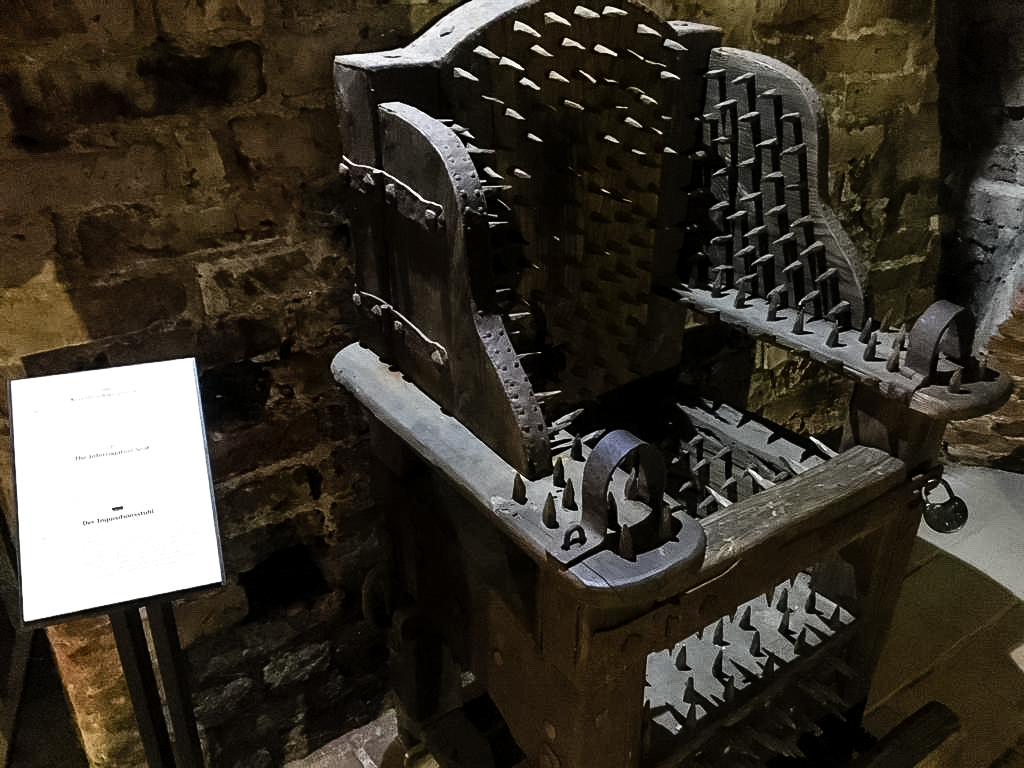
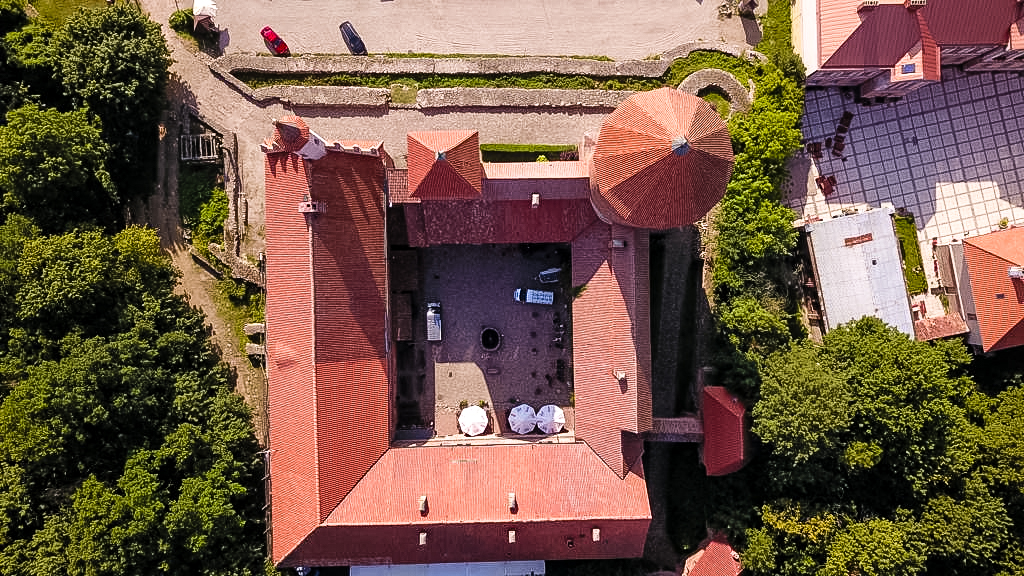

Need to add a turret to the Whistler house!
Haha good idea! And… a torture chamber??